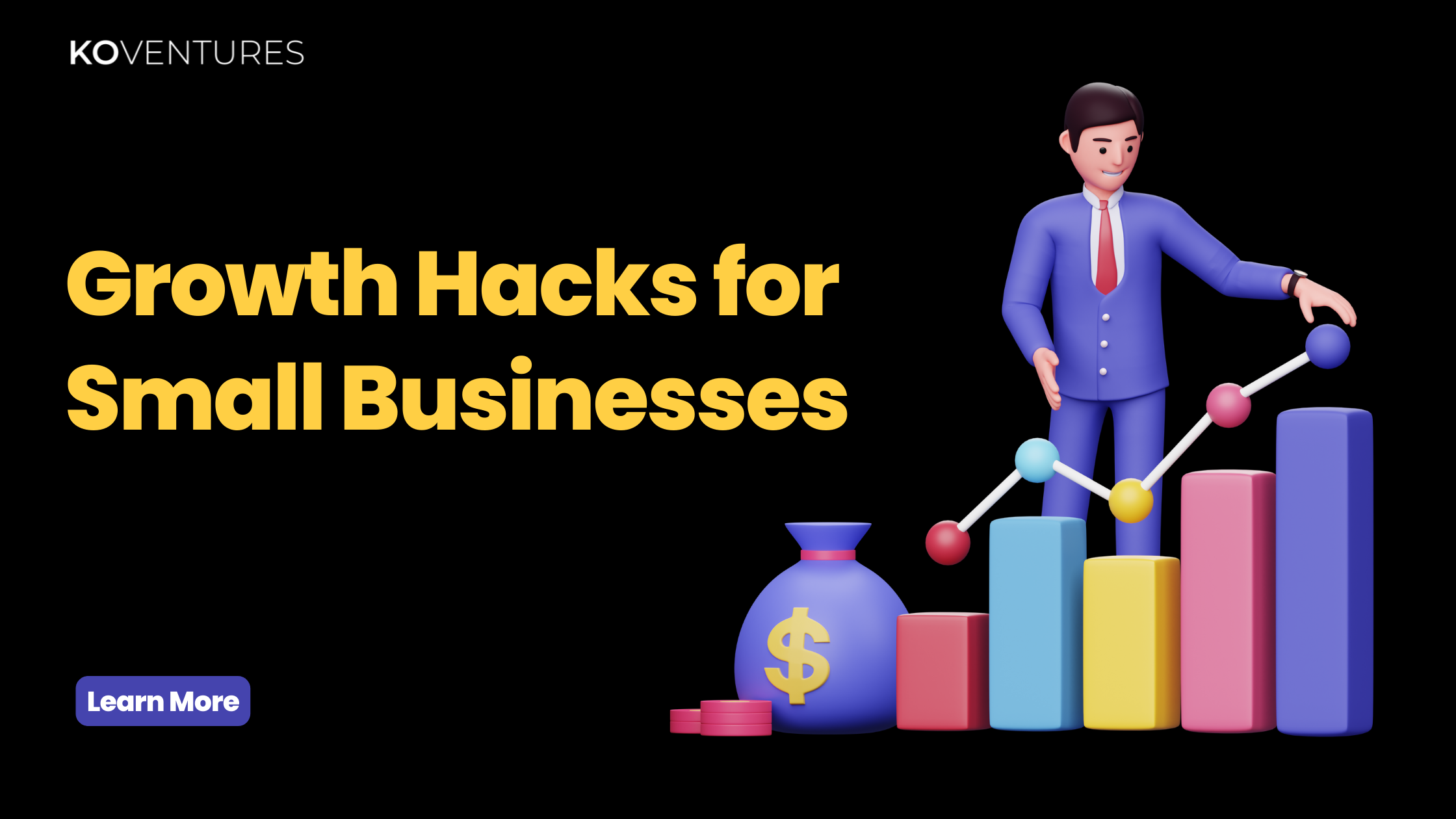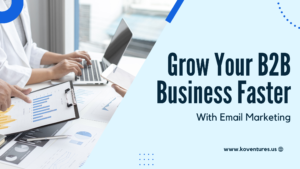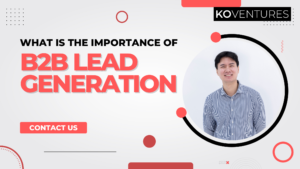What are the difference stages of B2B lead generation?
The main difference between B2B and other types of lead generation is the type of customers that are being targeted. Businesses that use B2B lead generation are targeting other businesses as their potential customers, rather than individual consumers. There are a few different stages that are involved in successful B2B lead generation:
Research
This is the first and arguably most important stage of B2B lead generation. In order to generate leads that will eventually turn into paying customers, businesses need to first research their target market. This includes understanding the needs and wants of potential customers, as well as identifying potential pain points that can be addressed by the products or services being offered.
Identification
Once the target market has been researched, businesses need to identify individuals or businesses within that market who are most likely to be interested in what they have to offer. This requires a deep understanding of the customer journey and building out targeted buyer personas.
Outreach
Once potential leads have been identified, it’s time to reach out and start building relationships. This can be done through a variety of channels, such as email, social media, or even face-to-face interactions at trade shows or other events.
Qualification
Not every lead that’s generated will be a good fit for the business. During this stage, leads are vetted to see if they meet certain criteria that make them a good match for what the business has to offer. This helps to save time and resources down the line by only pursuing leads that have a high likelihood of becoming paying customers.
Nurturing
Even if a lead isn’t ready to buy right away, that doesn’t mean they should be ignored altogether. Nurturing leads involves staying in touch and building relationships over time so that when they are ready to buy, your business is top of mind.
Closing
The final stage in the B2B lead generation process is converting leads into paying customers. This typically involves some type of sales process where key stakeholders within the potential customer organization are involved in making a purchase decision.
Leads generation process overview
Stage 1: Attracting Strangers
The first stage of B2B lead generation is attracting strangers. This is where you generate awareness of your brand and build interest in your products or services. To do this, you need to create content that speaks to the needs of your target market. This could be blog posts, white papers, ebooks, infographics, or any other type of content that provides value to your audience.
Stage 2: Engaging Visitors
Once you have attracted visitors to your website, the next stage is engaging them. This is where you start building relationships with potential customers. To do this, you need to provide more valuable content that encourages interaction. This could be webinars, email courses, downloadable resources, or anything else that helps visitors get to know you and your business better.
Stage 3: Nurturing Leads
The next stage is nurturing leads. At this stage, you’re providing even more valuable content that helps leads move further down the funnel toward a purchase. This could be case studies, free trials, coupons, or anything else that helps leads take the next step.
Stage 4: Converting Customers
The final stage is converting customers. This is where leads become paying customers. To do this, you need to offer a product or service that meets their needs and provides value. You also need to make sure your pricing is in line with their expectations.
Initial contact
The process of generating leads can be divided into several distinct stages, each with its own challenges and opportunities. Here’s a brief overview of the most common stages of B2B lead generation:
1. Awareness:
The first stage is all about getting your target audience to become aware of your brand and what you have to offer. This can be achieved through various marketing channels such as online ads, PR, content marketing, etc.
2. Interest:
Once you’ve piqued your target audience’s interest, the next task is to get them interested in learning more about your products or services. This can be done through providing more information on your website, sending out educational emails, or hosting webinars.
3. Consideration:
At this stage, your goal is to get your leads to start considering your solution as a potential fit for their needs. This often requires getting more personal, such as arranging one-on-one meetings or providing tailored product demonstrations.
4. Decision:
Finally, it’s time to close the deal and turn your leads into paying customers. This stage usually involves some form of negotiation and agreement on terms, followed by signing the contract and officially onboarding the new account.
Appointment scheduling
B2B lead generation can be a complex process, often involving multiple touchpoints and interactions before a sale is made. To simplify things, we can divide the process into four main stages:
1. Awareness:
In the first stage, potential customers become aware of your product or service through marketing efforts such as online advertising, PR, or word-of-mouth.
2. Consideration:
Once they are aware of your offering, prospects will enter the consideration stage, where they will evaluate whether your solution is a good fit for their needs.
3. Decision:
Once a prospect has decided that your product or service is right for them, they will enter the decision stage, where they will choose which supplier to purchase from.
4. Purchase:
Finally, in the purchase stage, the prospect will make their purchase and become a customer.
Relationship building
When it comes to B2B lead generation, there are typically four distinct stages that businesses go through in order to generate quality leads. These four stages are:
1. Awareness:
The first stage of the B2B lead generation process is awareness. During this stage, potential customers become aware of a company and its products or services. This can be done through various marketing channels, such as online ads, PR, or content marketing.
2. Consideration:
Once potential customers are aware of a company and its offerings, they enter the consideration stage. During this phase, they will research various options and narrow down their choices. Again, various marketing channels can be used to reach leads at this stage, such as webinars, free trials, or case studies.
3. Decision:
The decision stage is when potential customers finally decide which product or service they want to purchase. At this point, it’s important to provide them with a smooth and easy purchasing process. Otherwise, they may choose a competitor’s offer instead.
4. Loyalty:
After a customer has made a purchase, it’s important to keep them satisfied so they remain loyal to your brand. This can be done through ongoing customer support, additional services, or special deals for repeat customers.
Closing the deal
There are four key stages of B2B lead generation:
1. Attracting attention:
This is all about generating awareness and interest in your product or service. You need to create compelling content that captures the attention of your target audience.
2. Engaging prospects:
Once you have their attention, you need to engage them further by providing more information about what you offer. This could be in the form of an ebook, webinar, or even a free trial.
3. Nurturing leads:
At this stage, you need to continue building the relationship with your leads by providing them with valuable content that addresses their specific needs. It’s important to keep them engaged so they don’t forget about you.
4. Closing the deal:
Finally, it’s time to seal the deal and turn your leads into customers. This usually happens when they’re ready to make a purchase or sign up for a contract.




